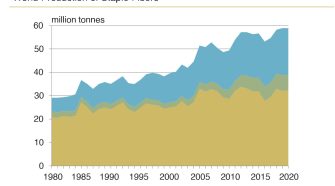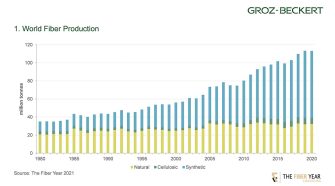Market Data & Pricing

Selling for a profit
Don’t let environmental issues prevent you from earning the maximum $$$ when selling your business. If you hide your head in the sand on potential environmental issues prior to a …

The Fiber Year 2021 – spun and filament yarn production
Significant collapse in 2020 demand across the globe has affected global yarn manufacturing that fell 4%, with filaments weathering tough conditions surprisingly well, while spun yarns suffered from an above-average …


The Fiber Year 2021 – world staple fibers
Global supply of staple fibers in 2020 accounted for nearly 59 million tonnes, 52% of the world fiber and yarn market. Their share continuously diminished from more than 80% in …


Year-end planning to create greater value for your business in 2022
Advances in technology have turned the global economy into a local economy. While this has created opportunity for business owners, it has also paved the way for significant threats and …


The Fabric Year 2021 – Holistic approach from fibers to fabrics
The Fabric Year, a result of the cooperation between Groz-Beckert and The Fiber Year GmbH, now in its seventh edition delivered insights into textile markets, taking a holistic approach from …

